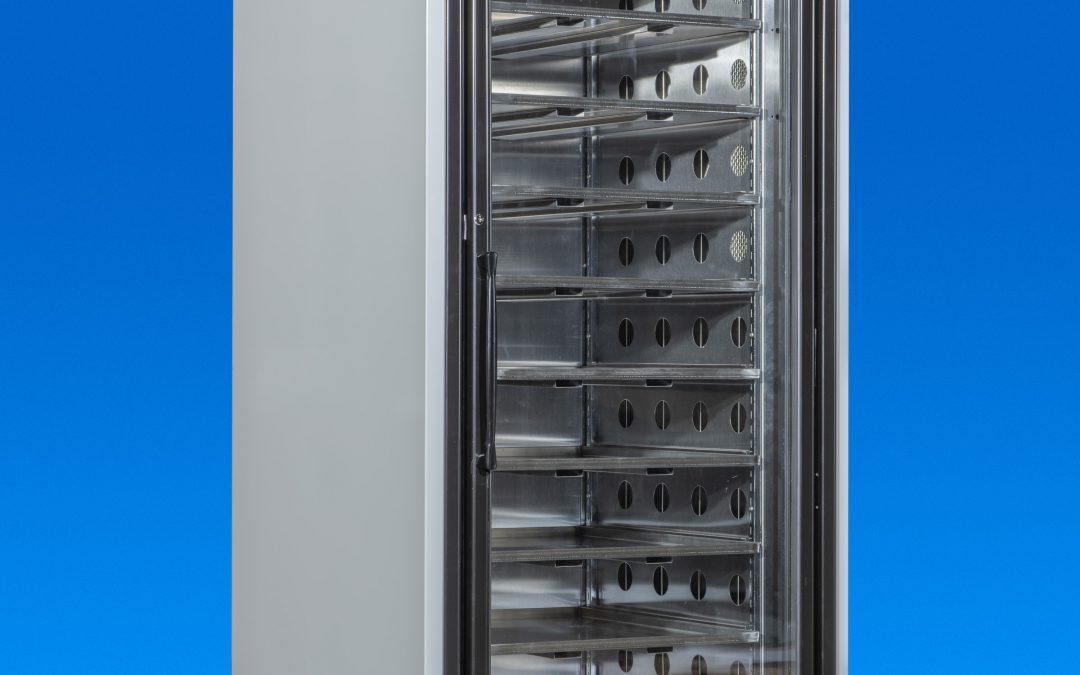Protein crystallography is a technique that uses x-ray beams to visualize the structures of proteins at the atomic level. A crystal of the protein to be studied is blasted with x-rays, and the crystal structure scatters the rays into a diffraction pattern recorded on a detector. Based on the diffraction pattern, scientists can calculate the chemical bond lengths and angles of the protein to figure out what the structure looks like. This technique is very useful in studying things like viral interactions with proteins, DNA and RNA replication processes, and membrane proteins, among many others.
Of course, the first step is to grow a protein crystal that is large enough and pure enough for the crystallography process. This is often the most challenging step. Proteins are crystallized from a super-saturated solution, and getting that solution consistency correct is crucial to the process. Since different proteins have different characteristics, it is often impossible to know the exact conditions in the solution that lead to the best crystallization beforehand. Protein crystallization is sensitive to factors like pH, ionic strength, temperature, and vibration, among others.
Controlling for temperature is where our protein crystal growth chambers come in. In the past, protein crystals were generally grown at either room temperature (about 18°C) or at 4°C. The reasoning for using 4°C is largely historical; this was originally done to slow down protein degradation. However, depending on the protein, the optimal temperature for crystallization could be anywhere from 4°C to 40°C. It’s also possible that a protein can be crystallized in different forms depending on the temperature, so the ability to accurately control the temperature of the crystal’s environment is very important. Our protein crystal growth chambers can easily cover the entire range of potential crystallization temperatures, with a designed range of 5-40°C. The chambers also maintain this temperature uniformly throughout the interior (to within ±1°C, with horizontal air flow across solid stainless steel trays), providing a much more stable environment for protein crystal formation than growing them in a laboratory setting, where room temperature could fluctuate by up to 5°C. The temperature stability provided by our chambers helps keep formed crystals intact.
A definite concern with growing protein crystals in a refrigerated incubator is vibration. Vibration disturbs proper crystal formation, and we take multiple steps to reduce vibration in our chambers. The chamber itself is isolated from vibration translated through the laboratory floor, as well as from the chamber compressor. All metal to metal contact points inside the chamber have gaskets to absorb vibration, and a fan speed control is an option for chambers that will be operating near room temperature, to further reduce vibration by reducing air movement.
For more information on our chambers, visit our protein crystal growth chamber product page. To request a quote or get more information, visit our Contact Us page or call us at (800) 998-0500.

